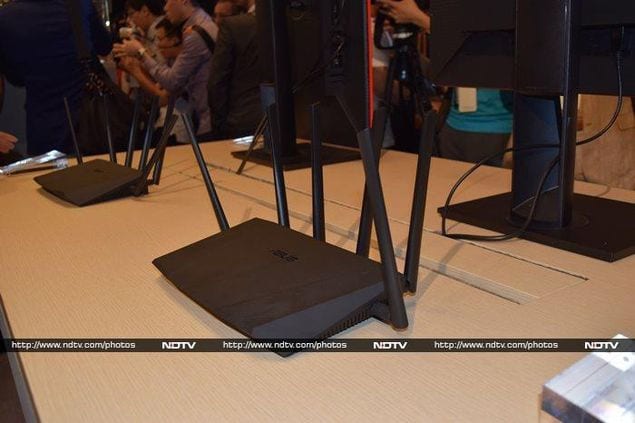But the problem starts from here, sometimes the network becomes slow or there is no network in many parts of the house. But due to lack of necessary information about the router, you cannot do much.
Apart from this, people also avoid buying a router on their own because they do not know much about it. Or the language of the information available is very technical, reading which is like listening to a science lecture.
Some people can compromise with a slow network but most people expect better. They want to use the internet on multiple systems as per their convenience, along with fast internet speed and network in every room of the house, in such a situation it becomes very important to know all this about the router.
with and without internet
Wi-Fi routers are primarily used to share internet connections, but that is not its only feature. Even if you do not have an active internet connection, you can connect your smartphones, tablets, TVs and computers through it.
Most users need a router to use the internet on multiple devices. Your internet connection will either be cable or ADSL. In case of cable connection, you should ask your internet provider about your connection type. Generally, you will not need any other device except a router. However, if you have a DSL connection and the service provider is a company like BSNL, MTNL and Airtel, then you will also need an ADSL modem along with the router. In such a situation, it would be better to buy a router with a built-in ADSL modem. Although the price of these routers is a little higher, but such is the compulsion.
![]()
Although there are many types of routers available in the market with different features, but keep these things in mind before buying it.
Router’s Wi-Fi standard (802.11 a/b/g/n/ac)
First of all, you have to see which Wi-Fi standard the router supports. Older models support 802.11 ‘b’ or ‘g’ while newer routers also support ‘n’. On the 802.11n standard, you can transfer data at a speed of 600Mbps (mega bits per second), although some 802.11n routers have a top speed of 300Mbps (this means download speed of 37.5MBps or mega bytes per second).
802.11ac is the latest standard. It gives you a transfer speed of 1.3Gbps. However, very few mobile phones and laptops support 802.11ac. Apart from this, this technology is much more expensive than 802.11n. For now, you can rely on routers with ‘n’ standard. It is very fast for India’s internet connection and is supported on all devices. And you can save money as well.
The wireless frequency of the router (2.4GHz or 5GHz)
The frequency of the router determines how powerful your network is. There are two main router standards, 2.4GHz and 5GHz. The main difference between the two is interference and range. Compared to a 2.5GHz standard router, a 5GHz standard router provides better network performance but is also more expensive. If network interference is not a major issue, then you should buy a 2.5GHz router.
![]()
Router speed
The speed of any router also depends on the hardware used in that model. However, the speed is mentioned in the “High Speed Upto” section in every device. Routers which are slow will also be cheaper. If you only need to connect to the internet, then you should buy a cheaper router. If you are fond of watching high definition videos on your laptop or streaming it on your smart TV, then a 300 Mbps router will do the job for you.
Router antenna range
There is no direct way to know the range of a Wi-Fi router because it depends on the circumstances. However, the dBi ratings of its antenna are mentioned on the back of the router. Pranav Rajpara, a network consultant from America, says that a router with a range of 2-4dBi is sufficient for a small to middle-sized apartment. However, if you have electronic devices like a fridge, microwave oven in your house, then you will have to buy a router with a higher range. Walls also play an important role in blocking the Wi-Fi signal. Whether the wall is made of concrete or wood, according to a study, the signal strength becomes weaker after 3 to 4 walls. Therefore, before buying a router, definitely pay attention to its dBi property.
![]()
Well, if the internet provider is providing you a router for free then there is nothing better than this, but if you are repeatedly facing network and range problems then you should think about buying a router yourself. Keep the above mentioned points in mind and buy a router according to your needs.
For a normal internet connection, a 150Mbps or 300Mbps router is suitable. For this, you will have to spend in the range of above Rs 800. However, trust only Netgear, Asus, D-Link and Cisco Linksys. And the reason for this is that if tomorrow you get stuck in a problem due to some reason, then there is a lot of information available on the internet about the devices of these companies. However, buy the router that fits your needs and pocket.
